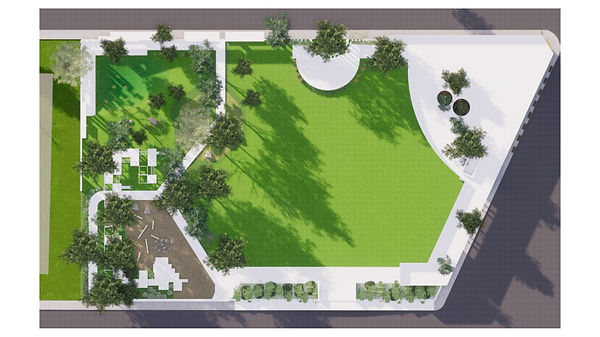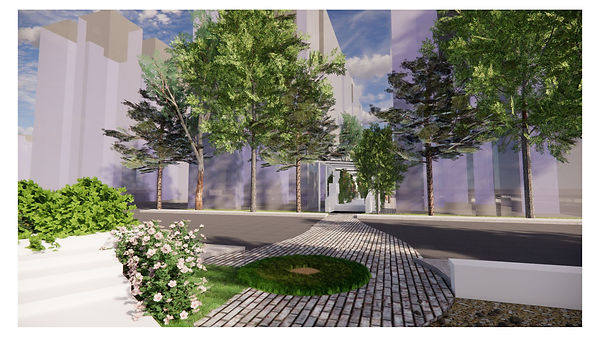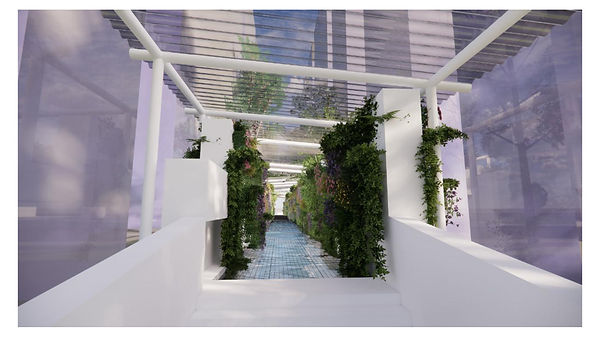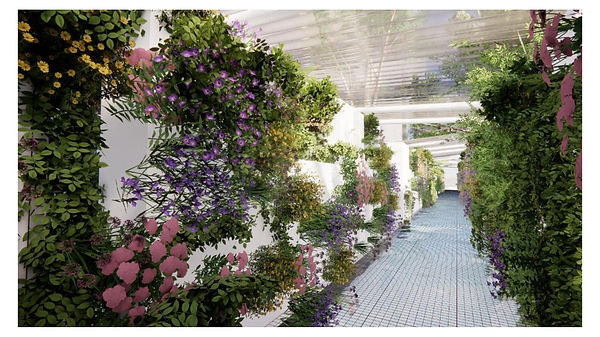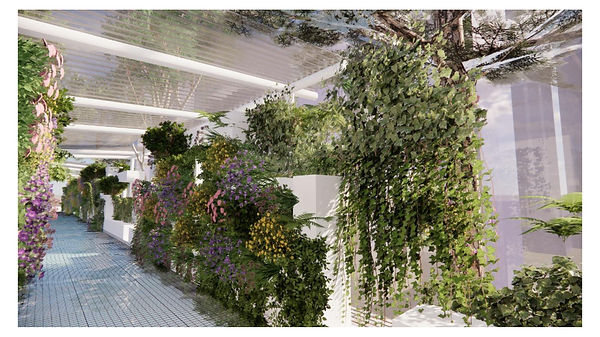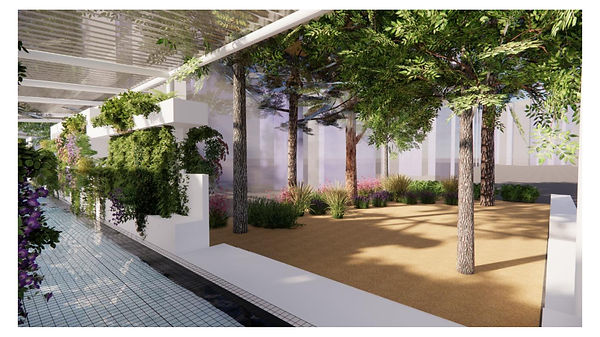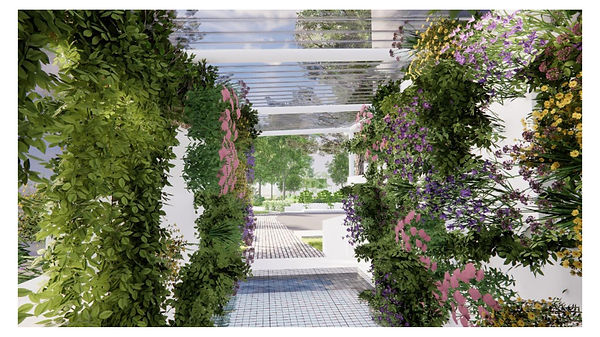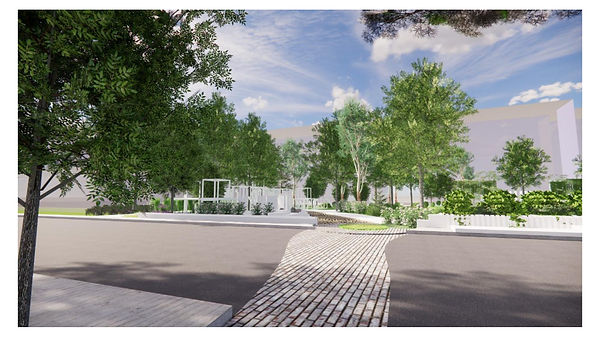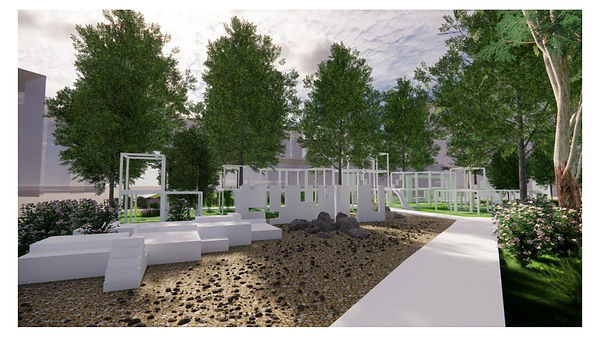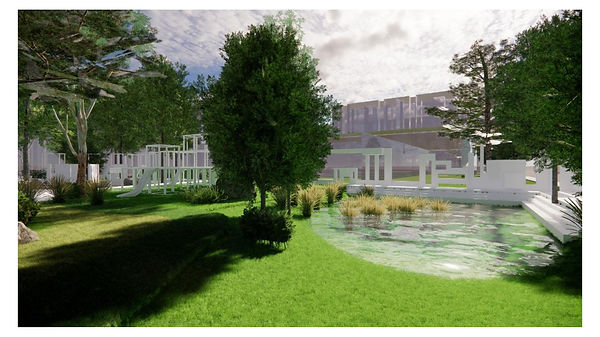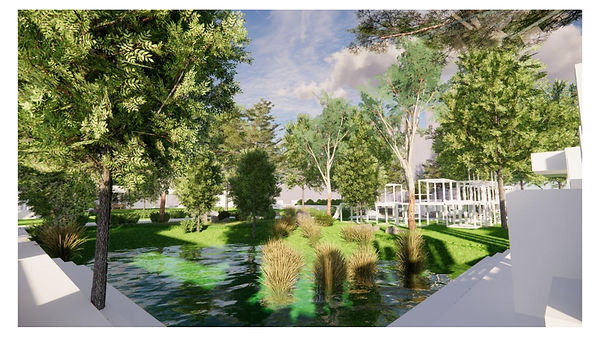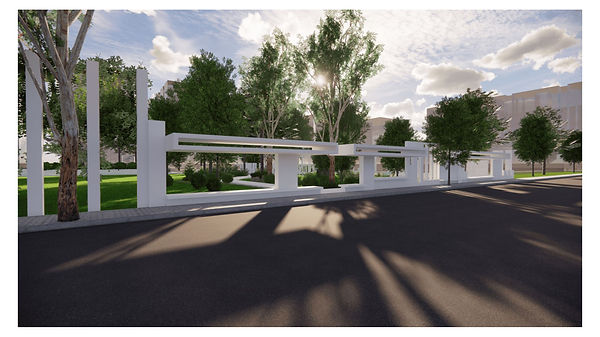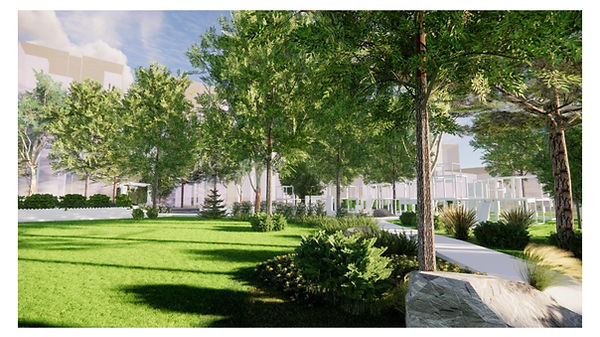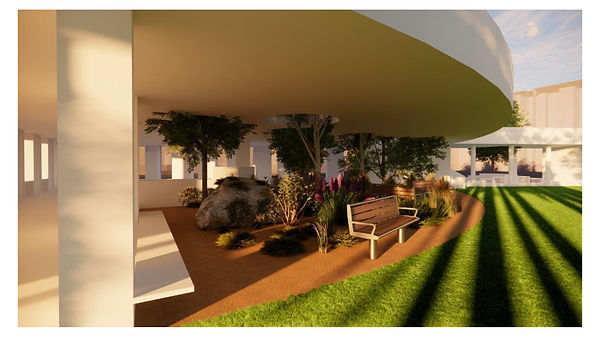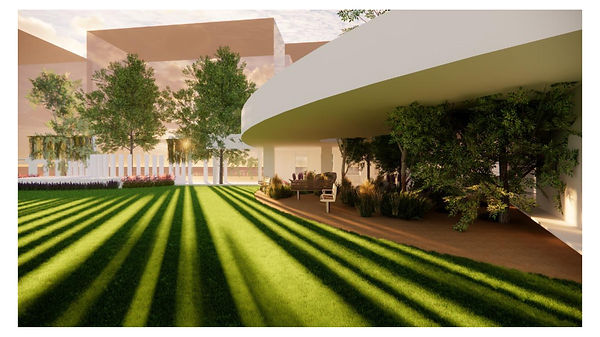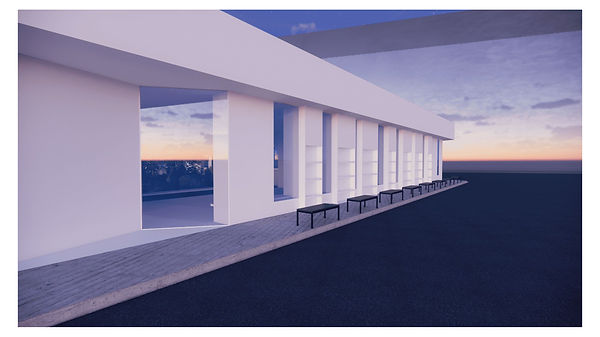
THE NEw
P E R S P E C T I V E
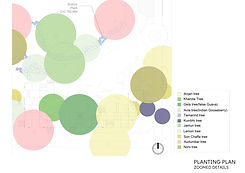
SPECIALIZATION COARSE
EXPANDING SPACES : WOOD WORKING
As part of a three-member team, I actively engaged in a landscape specialisation course focusing on the revitalisation of a neglected maidan located within a residential precinct in Goregaon, Mumbai. Surrounded by housing societies, small-scale businesses, and in close proximity to Sanjay Gandhi National Park, the site revealed multiple layers of urban tension—ranging from infrastructural neglect to ecological degradation and socio-political disuse.
Our initial site observations highlighted a series of “dead spaces”—edges and pockets around the maidan that had become dumping grounds or lay abandoned due to the loss of vegetation and community engagement. This raised a central design inquiry:
How can such a space expand, activate its edges, and gradually unfold into the neighbourhood fabric?
This led to a larger urban proposition:
Can a network of revitalised open spaces be stitched across the city to enable ecological and social continuity?
Our approach involved activating the maidan’s peripheries through context-sensitive interventions. These were designed to stimulate use, enhance biodiversity, and improve infrastructure. We introduced a nature trail that meandered through adjacent residential zones—serving both as an ecological corridor and a pedestrian-friendly connector between fragmented open spaces.
Simultaneously, we conducted in-depth research on indigenous tree species and plant varieties capable of attracting local birds, insects, and fauna—thus enriching the site's ecological character. One key intervention was the integration of an effective drainage system, enabling the formation of a seasonal water feature. This transformed an underutilised corner of the maidan into a dynamic, rain-friendly zone usable throughout the year.
This studio project deepened my understanding of landscape as an ecological, social, and urban system. It enabled me to think beyond the human-centric lens—towards an architecture that fosters biodiversity and embraces complexity. The experience was instrumental in shaping my sensibilities around landscape design as an active, evolving framework embedded within the urban fabric.
OBSERVATION
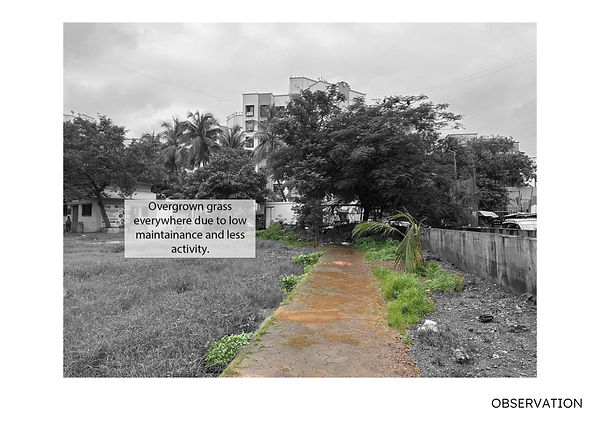
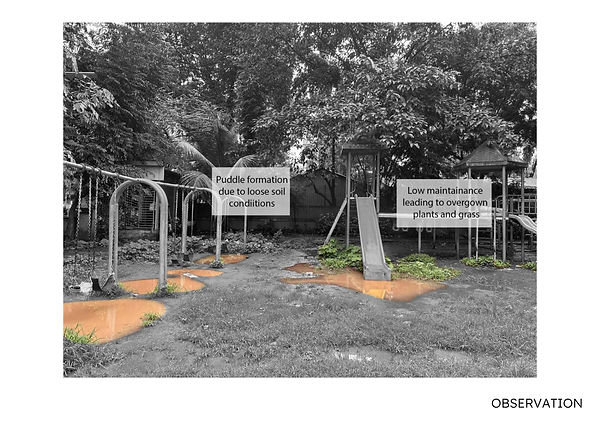
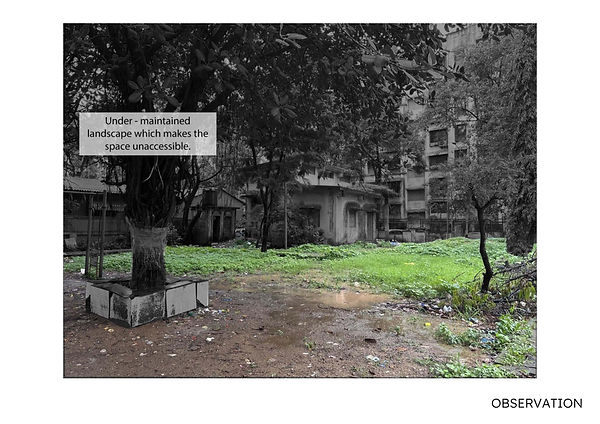
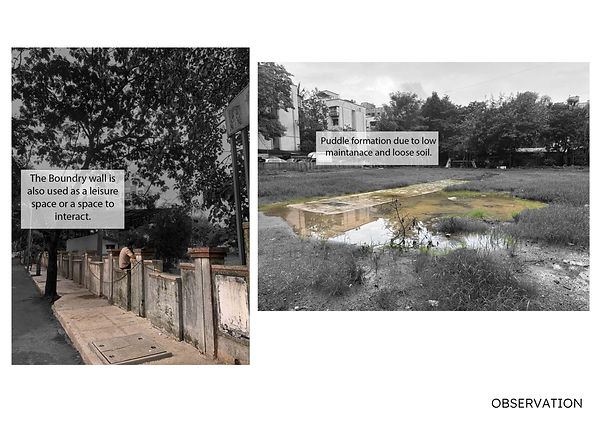
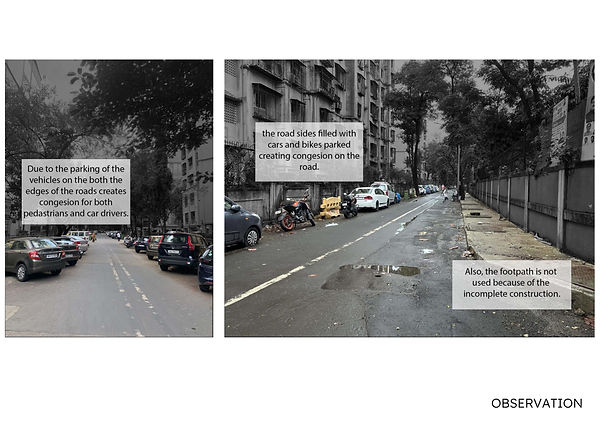
CONCEPT
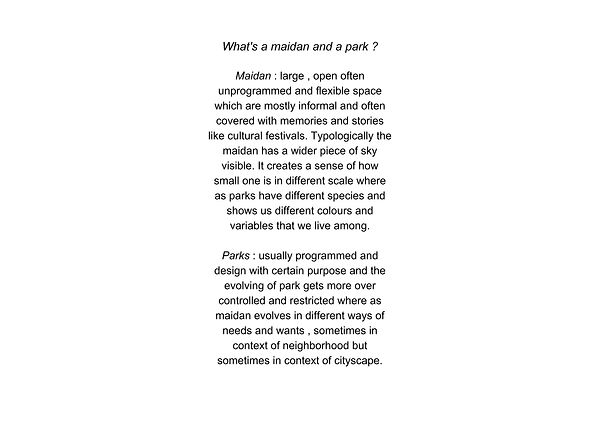
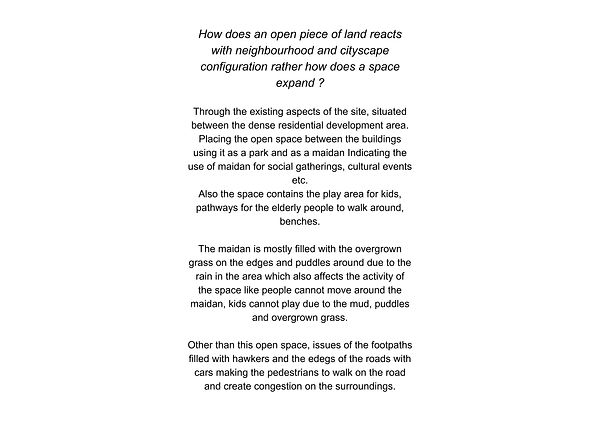
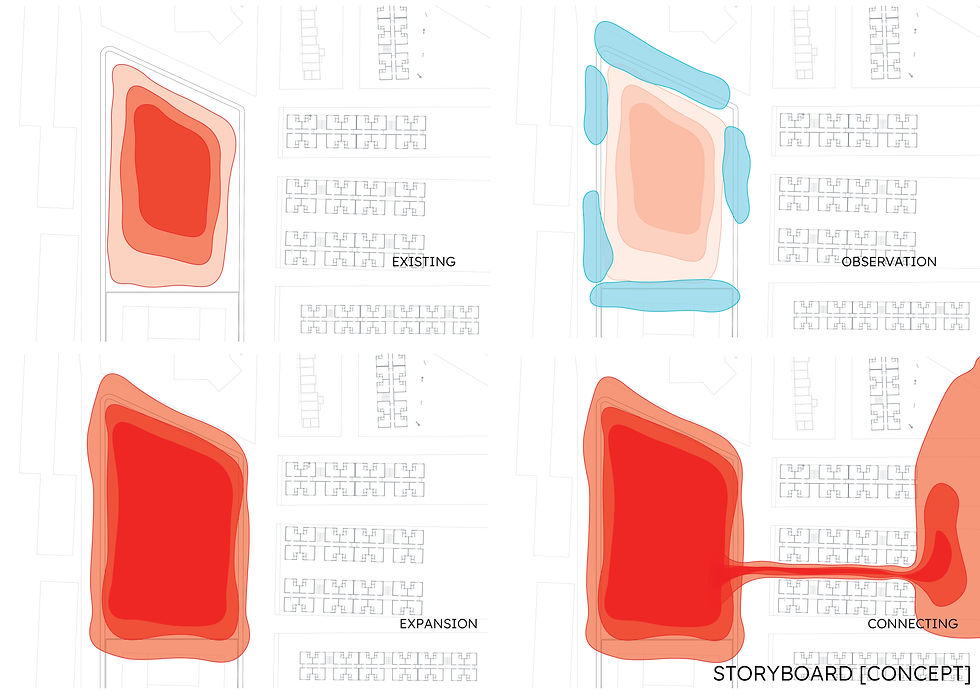
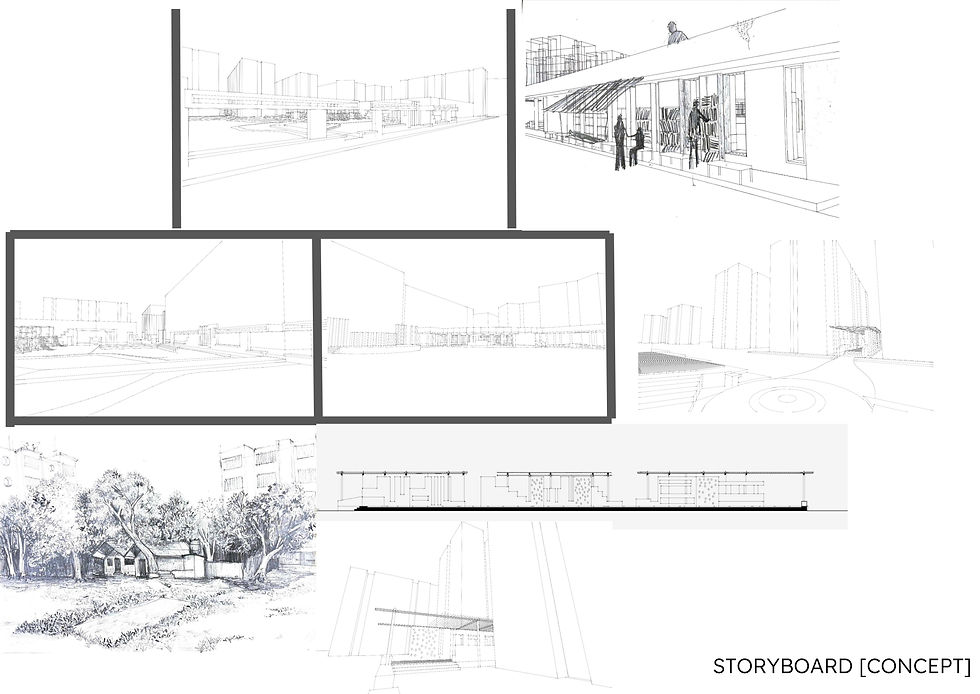
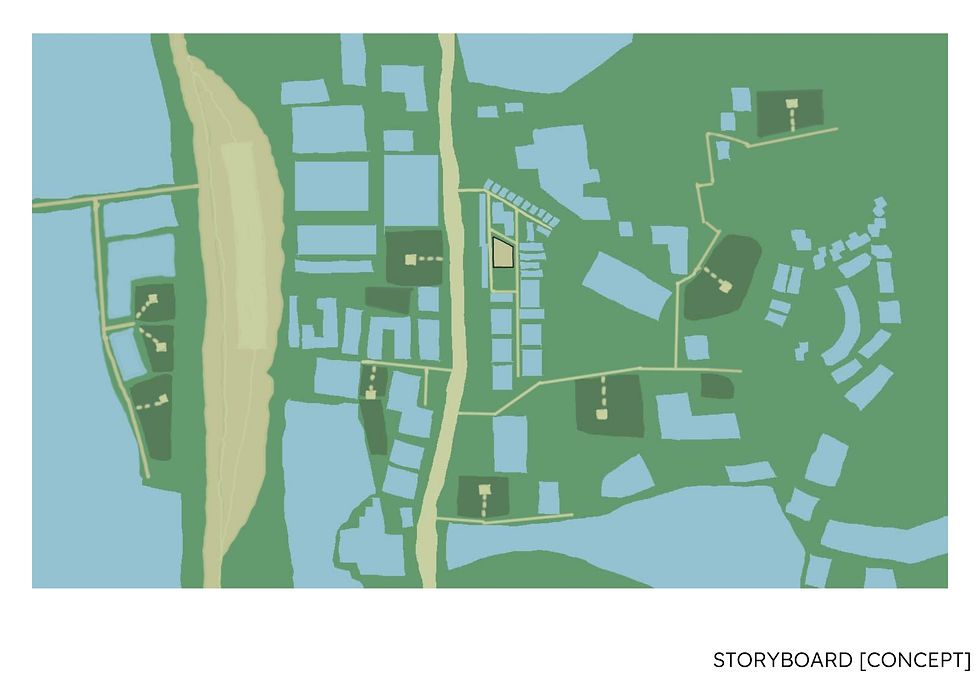
PROCESS


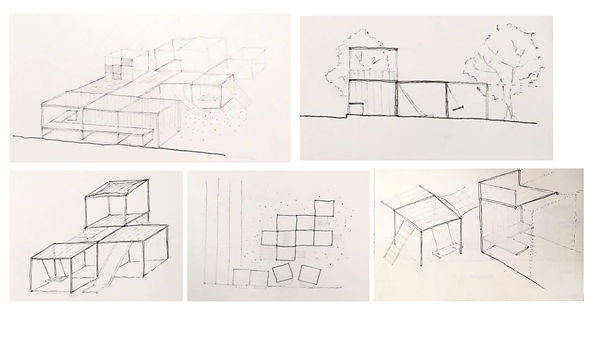
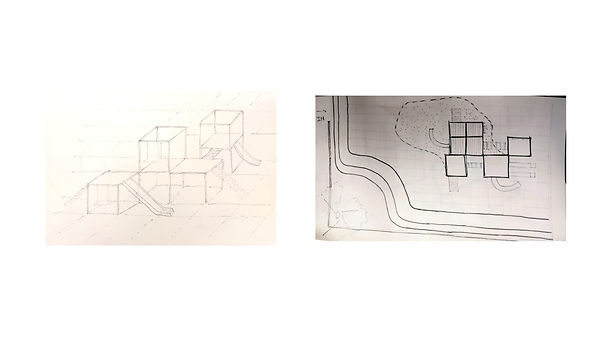

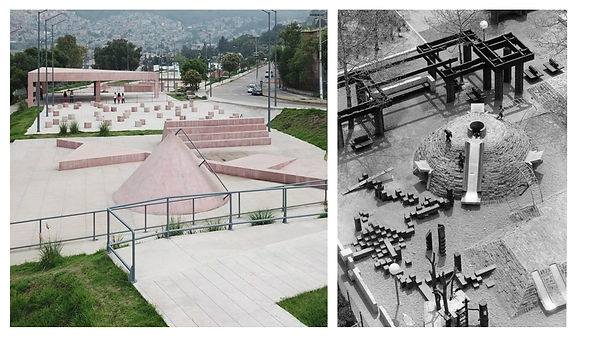

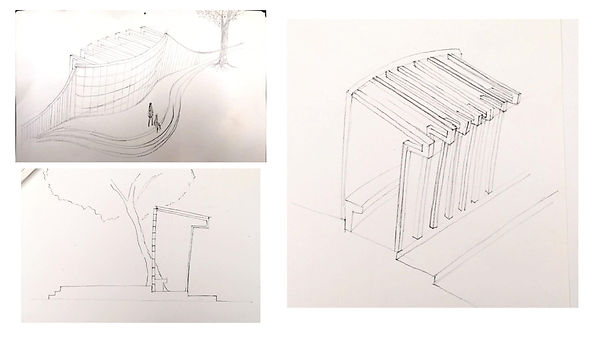
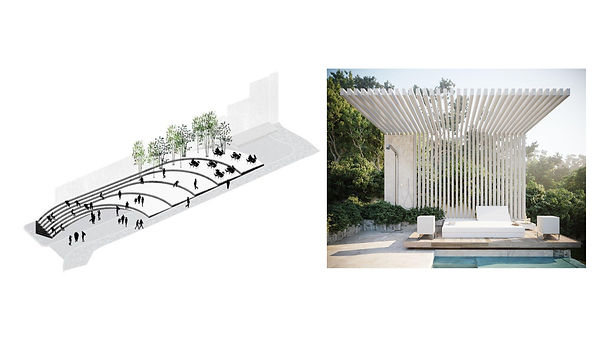


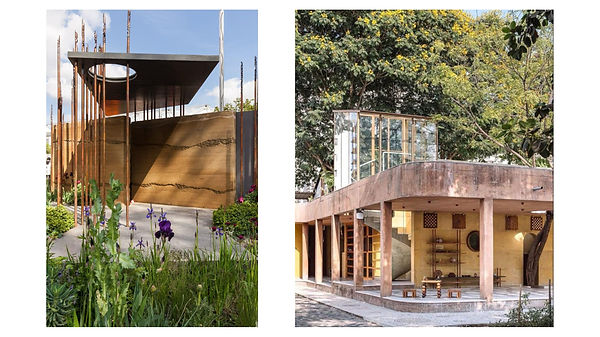




RESULT
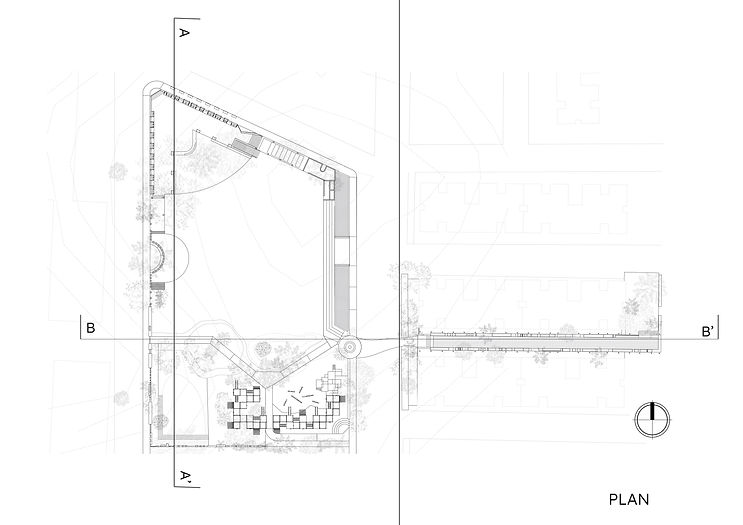

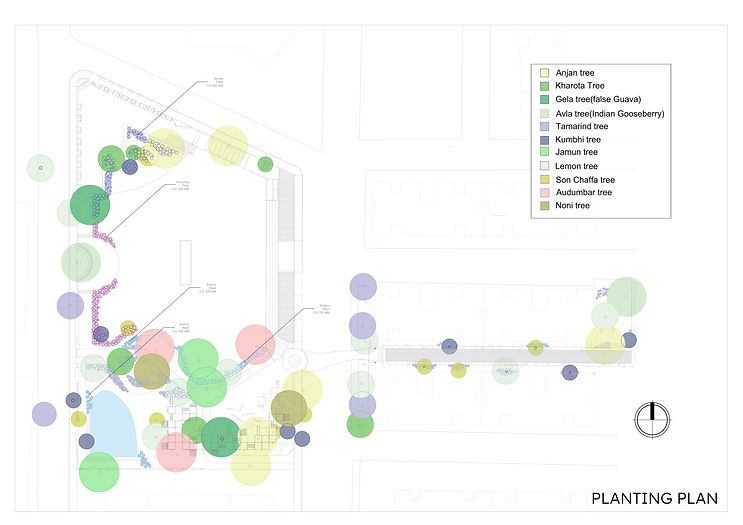
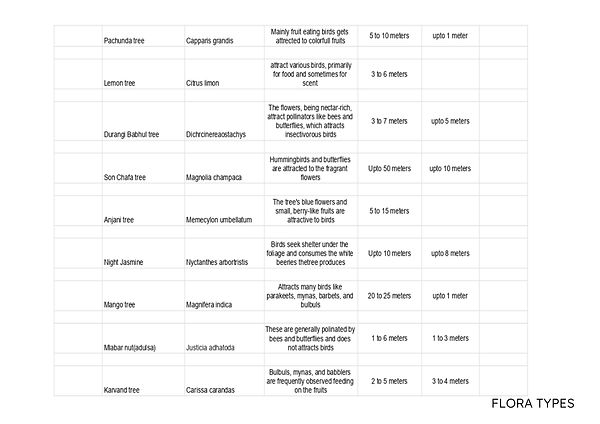

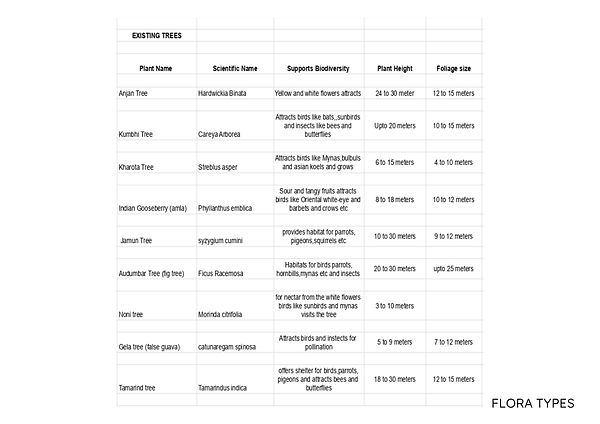
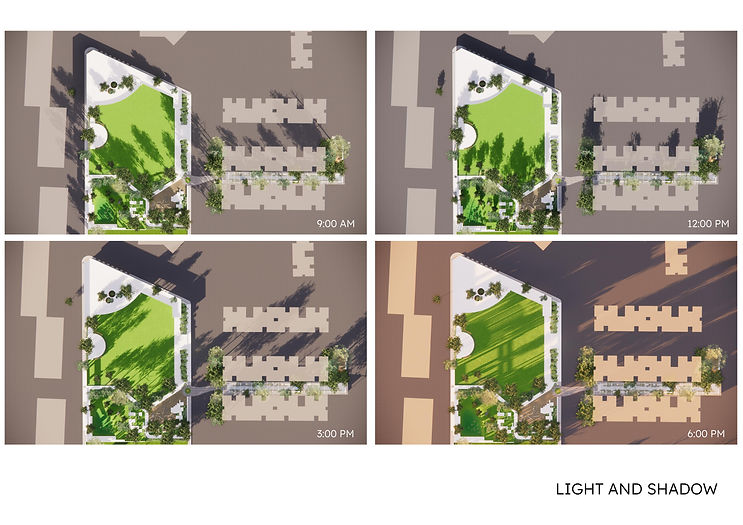


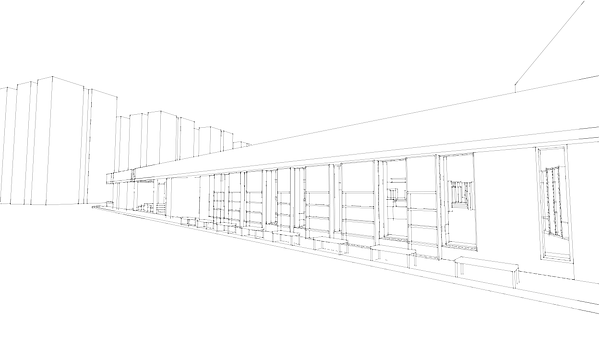

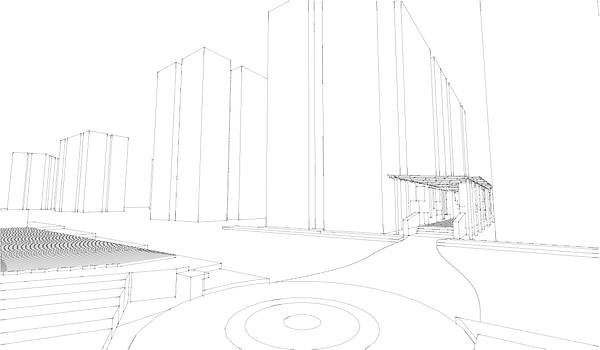

DETAILS


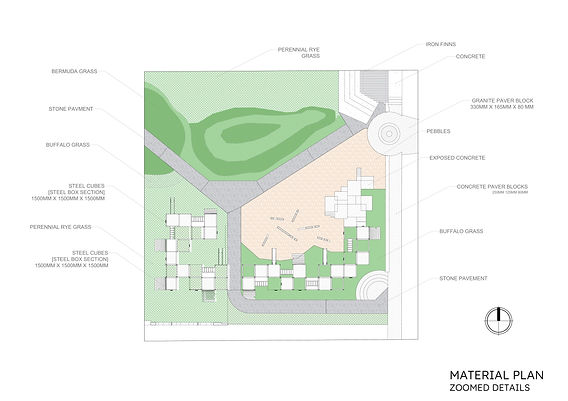


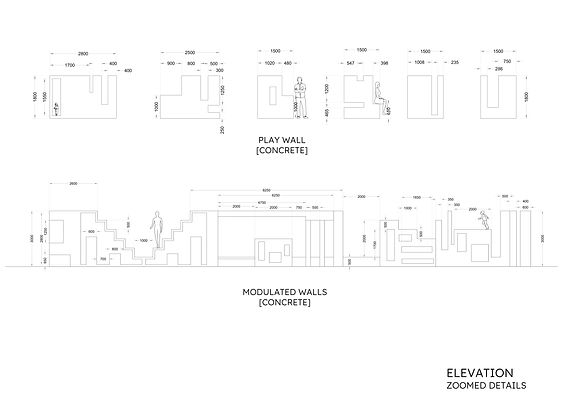
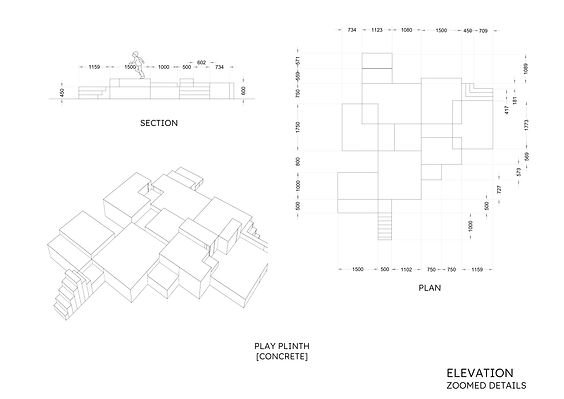
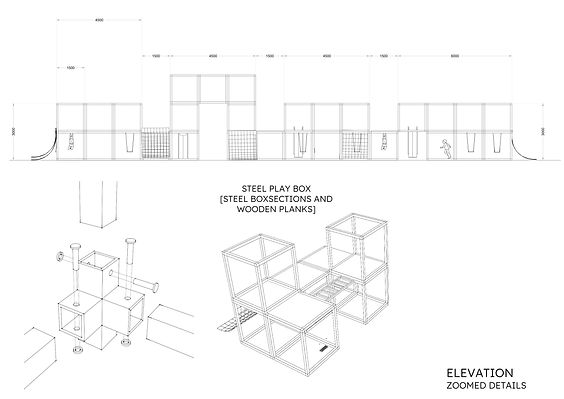
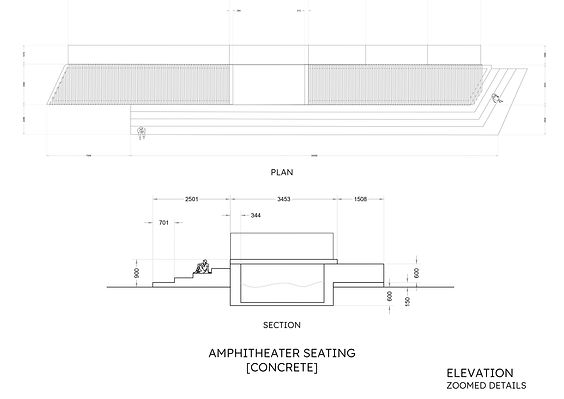
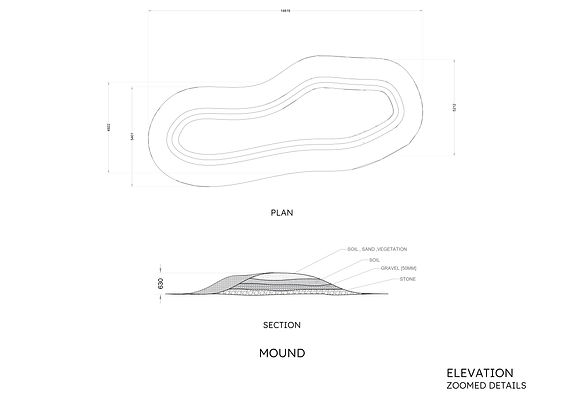
VIEWS
